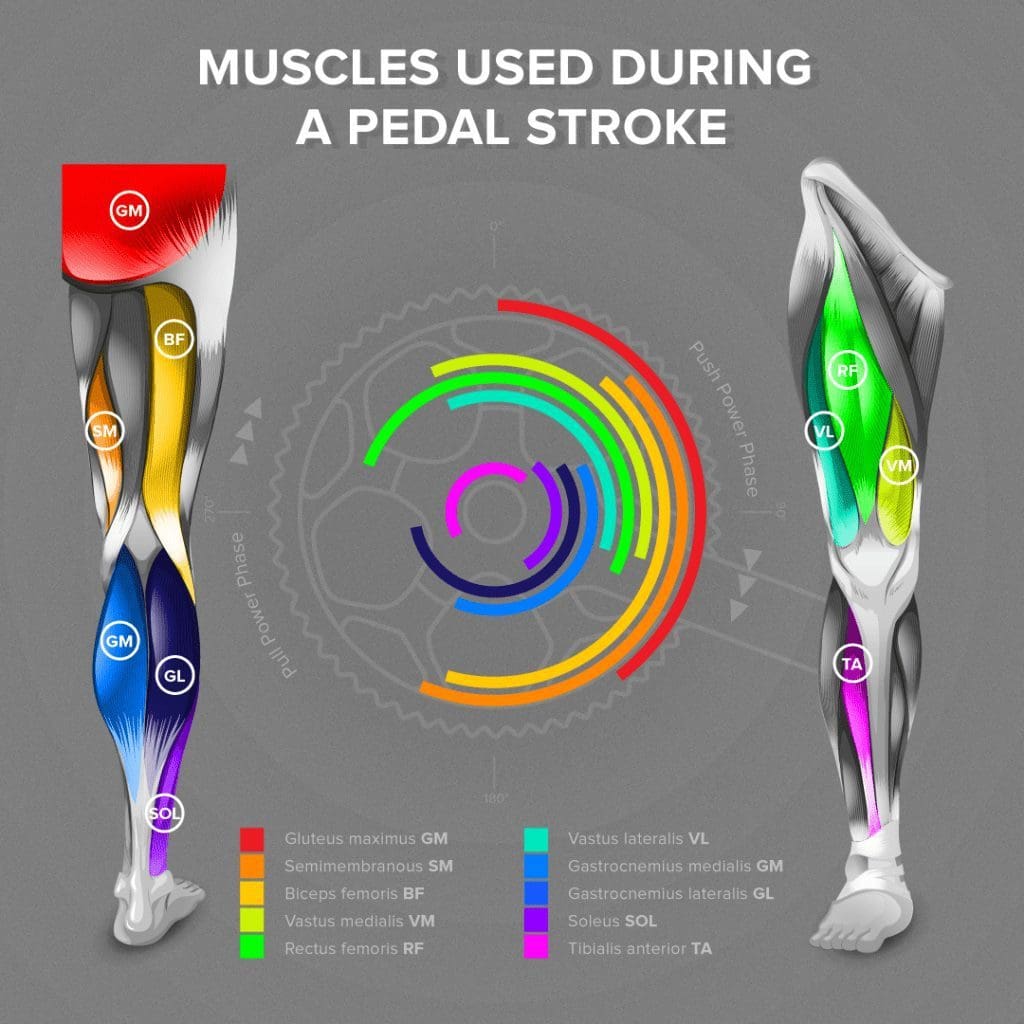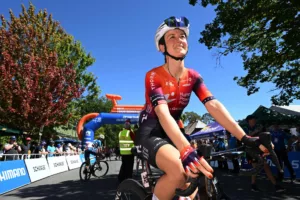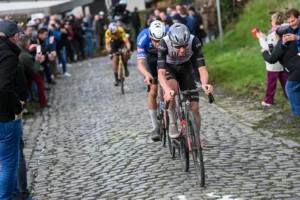It might not feel the right time to try to become a better cyclist. At this point, Summer feels like it was an age ago. We’ve had the rain and ice, although surprisingly little snow this Winter. Everyone is craving some warmth and only having to put on shorts and a jersey instead of the layer upon layer of Winter gear.
Table of Contents
ToggleLots of cyclists will disappear from Strava in Winter. Others will stop doing fast, tough rides and switch to the long, slow riding approach. Until reliability ride season hits, most won’t be doing any events at all either. It’s important to have a rest and a bit of time off from the constant onslaught of training. Generally, for me, November is a bit of an ‘off month’, helped this year by the wet weather.
Once suitably rested – here are five areas to concentrate on throughout the following months to set you in great stead for Summer.
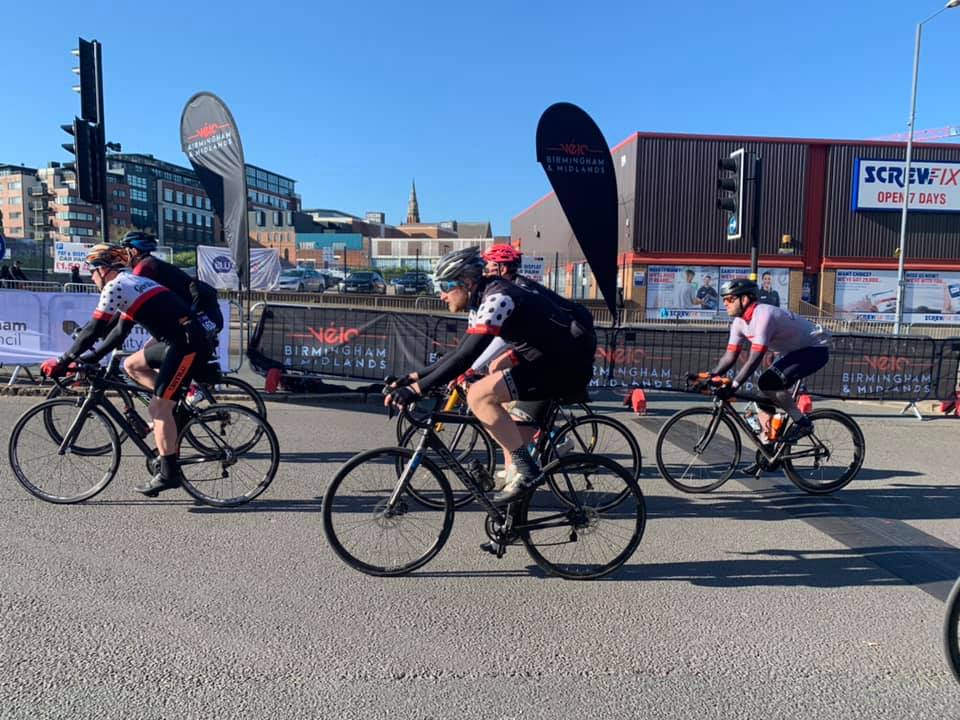
5 Areas to Focus On to Become a Better Cyclist
Endurance (for those planning long rides ahead)
I’ve covered some of this in my Winter base miles post, but the time-honoured way to prepare for Summer is to build up slow and easy miles and not think about speed training until Spring.
Winter base miles are long rides ridden at a low to medium power. Riding in Zone 2 is a perfect effort, around 60-70% intensity if you’re tracking power. If you’re not able to see your power stats, then an easy way to gauge this effort is whether or not you can still talk in sentences. They will improve your endurance, great on the off chance that you intend to handle longer events and sportives come summertime. Once you get closer to Spring, riding harder with more anaerobic efforts will help.
It’s important to do both endurance and harder efforts if you want to become a better cyclist for the main events of your season. Anaerobic training helps develop your key muscles and gives you the capacity to do quick efforts. In any case, you will get a lot of this in Summer when club chain-gangs and other rides take place. So it bodes well to look at improving your high-effort base over Winter. Bit by bit getting your body increasingly used to consuming fat as fuel.
Base miles are essential for riders who plan to take on longer events when summer comes. Sportives, audaxes and multi-day challenges are all obvious events that require this sort of training. If you’re planning to do short crit races or time trials, or are time-crunched, then completing shorter rides at a higher power might work out as more efficient use of time for you.
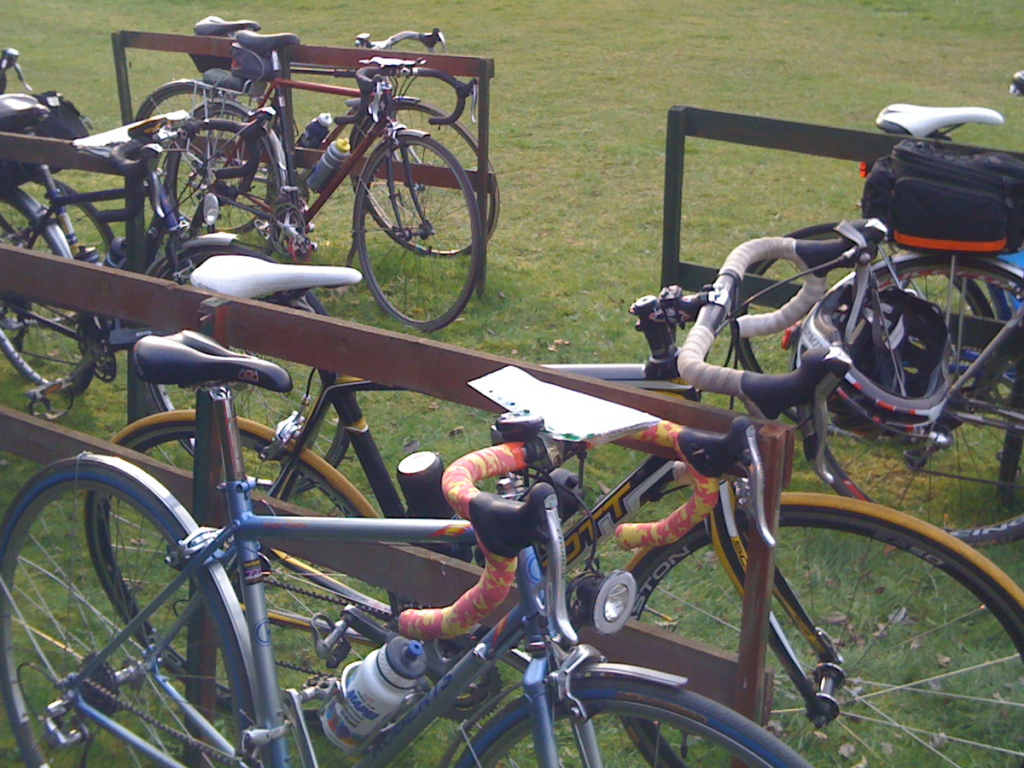
Core Strength
Your core does lots of work whilst you’re cycling. Your core does the basic job of simply keeping you sat up on the bike. In the event that our core is weak, you’ll soon get throbbing pain, you’ll be quicker to feel weak, and as a whole, your muscles will be less efficient because they’ll have less help from your core.
It’s important not to overdo your core strength training. If you go straight into squatting big weights, it’s likely you’ll do some lasting damage. Like a Couch to 10km running training programme, little and often, to begin with, is the right way to get things started. Starting workouts with just simple bodyweight exercises will do fine.
For example, planks, body-weight squats & press-ups.
Pedalling Technique
Pedalling technique is an often ignored thing. You can ride a bike so obviously you can pedal fine right? It’s one of those areas where once you start crunching the numbers, it’s shocking just how much you pedal on a ride. Even at a cadence of 85rpm, you’ll have done something like 10,000 pedal strokes by the end of a 2-hour club ride. Any small improvements could get magnified very easily and make you become a better cyclist.
There’s a reason that souplesse is a thing, the view that pedalling is almost an art form that can be perfected. With double-sided power meters, it’s now possible to see whether or not you have a dominant leg that makes you lopsided whilst pedalling. It’s something that could have an effect on your bike handling too if left unchecked. Like most things on a bike, smoothness is key.
For those who find themselves grinding away with a low cadence, some experimentation with short bursts of high cadence riding can help out. It will help raise the average cadence which your leg muscles will thank you for. Also, it will make any accelerations, sprints and attacks you do on rides a lot smoother. Pros often ride at close to 100rpm but most riders should be able to average 85-90rpm on their rides.
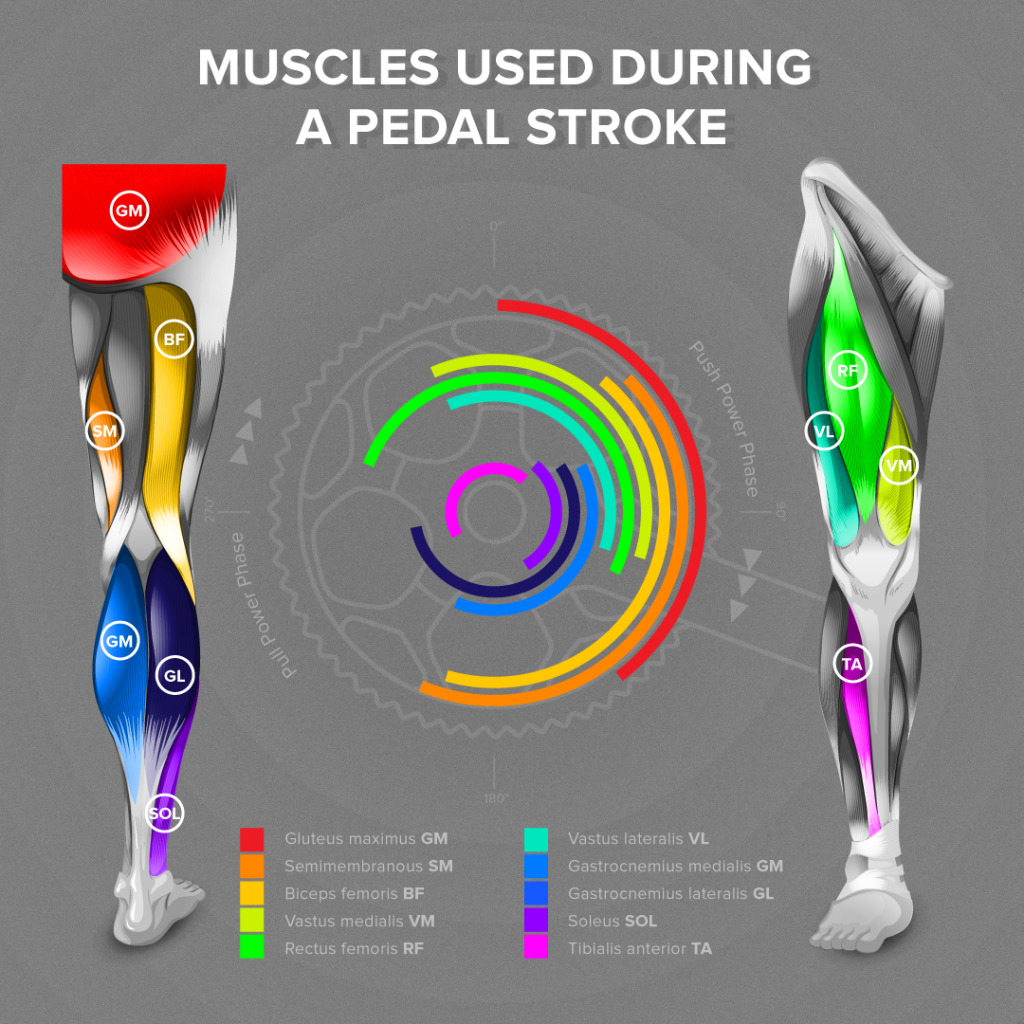
Bike Handling & Riding Close to Others
These are good to work on all year round but especially in Winter. It’s the time to work on techniques like this and keep the base miles riding interesting.
Everyone that rides knows that drafting is a massive help and will make you go quicker. The better you are at it, the more help it will be in a sportive or race. Particular when wind direction changes, the draft area moves too, riding directly behind someone isn’t always the quickest. The trouble is, to ride to the side of someone requires overlapping them. This is a technique that requires some training to get right. Otherwise, it could be unsafe as the slightest move across from the rider in front may take you out and cause a crash. Training this technique on local roads instead of the middle of a Summer race will help you safely perfect it.

The most ideal approach to become a better cyclist at riding in a group is to ride with a cycling club. Each club has plenty of experienced riders who can tell you what to do (and what not to do!). Riding with these people will show you a lot about how to deal with your bike. Such as picking the best line on descents or handling a corner covered in gravel. They’ll also tell you lots of other ways to become a better cyclist.
Nutrition
Something else that could have benefits all year round is keeping tabs on your nutrition. This time of year after the Christmas splurge, riders find themselves with a few extra pounds compared to the Summer. Cyclists can get a bit obsessed with their weight and how losing it will make them become a better cyclist and quicker on hills.
Rather than waiting until your race season starts, now is the time to make the changes required. Then you will ensure you’re at your racing weight at the right time. With the cold and extra layers, riding in Winter tends to burn more calories than riding in the Summer. This makes it the perfect time to try and drop those pounds whilst it’s easier to do. Come the day of your first race of the year, you’ll be ready to go.
It’s also a good time to experiment with some of the gels and bars that you will be using. Especially as you will use lots of them when it comes to your big events later on. There’s plenty of stories of bad stomaches affecting races. Particularly when using a new gel that doesn’t quite sit right whilst riding.


